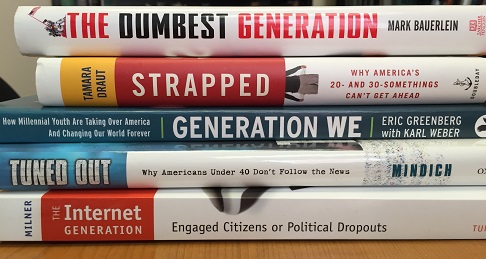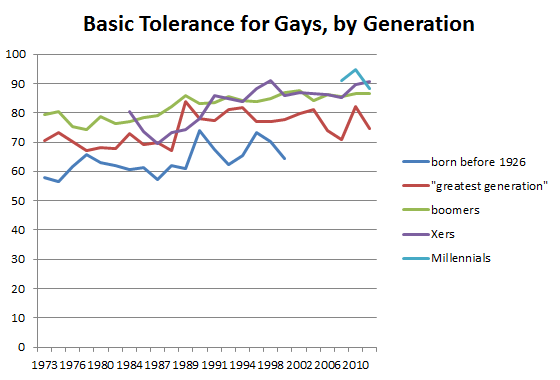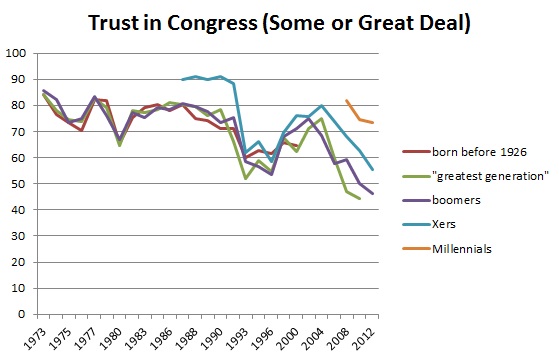- Facebook816
- Total 816
In “Martin Heidegger at Eighty” (1971), Arendt recalled:
The rumor about Heidegger put it quite simply: Thinking has come to life again. … People followed the rumor about Heidegger in order to learn thinking. What was experienced was that thinking as pure activity–and this means impelled neither by the thirst for knowledge, nor the drive for cognition–can become a passion which not so much rules and oppresses all other capacities and gifts, as it orders them and prevails through them. We are so accustomed to the old opposition of reason versus passion, spirit versus life, that the idea of passionate thinking, in which thinking and aliveness become one, takes us somewhat aback.
I first read this passage many years ago. Lacking any enthusiasm for Heidegger, I thought that Arendt was just celebrating her former teacher’s excellence and originality. “Thinking has come to life again” meant that someone as important as Kant or Hegel was again developing a philosophy, and one could study with him.
Now, having read works like Pierre Hadot’s Philosophy as a Way of Life, I think I understand Arendt better. People called “philosophers” have made at least three kinds of contribution over the millennia; Arendt was seeking a union of the three and believed that Heidegger offered it. That’s what she meant by “Thinking has come to life again.”
First, philosophers have interpreted other people’s thought in valuable ways. In this mode, philosophy is form of cultural critique or intellectual history. Describing the rumors about Heidegger’s seminar, Arendt recalled: “the cultural treasures of the past are being made to speak, in the course of which it turns out that they propose things altogether different from the familiar, worn-out trivialities they had been presumed to say. There exists a teacher; one can perhaps learn to think. …”
Second, philosophers have offered arguments: chains of reason that carry from a premise to a conclusion. If you hold the premise and the reasons are valid, you should endorse the conclusion. Following the argument to its end should change your store of beliefs, because now the conclusion should join the list of things you consider true.
Third, philosophers have taught reflective practices, methods of introspection or even meditation. These are different from interpretations of texts, because the process is more personal and creative. If a text is used it all, it is a prompt for introspection. These reflective techniques are also different from arguments, because they can begin with a range of premises and go in unexpected directions. They tend to require practice and repetition to yield their outcomes, which are changes in mental habits, not just lists of beliefs. You can read an argument once and evaluate it. You must introspect many times to have any impact on your psychology.
It makes sense to put these three contributions together because we are reasonable creatures (capable of offering and sharing reasons for what we do), but we are also habitual creatures (requiring mental discipline and practice to change our thinking) and historical creatures (shaped by the heritage of past thought). Reason without acquired habits of self-discipline is empty. But self-discipline without good reasons is blind and can even lead in evil directions. Both are rootless without a critical understanding of the ideas that have come before us.
Hadot argued that the schools of Greek philosophy between Aristotle and Christianity offered reflective practices more than arguments or readings. We misread a work like Marcus Aurelius’ Meditations if we assume that it is a set of conclusions backed by reasons. Instead, we will find there a record of a Stoic’s mental exercises, beginning with his daily thanks to each of his moral teachers. He lists his teachers and other exemplary men by name because he would actually visualize each of these people in turn. The Meditations shows us how.
Martha Nussbaum (in The Therapy of Desire, p. 353) and others have argued that Hadot exaggerated. The ancient Greek philosophical schools all took argumentation very seriously. (I would add that they were serious about interpreting older works, such as those of Plato and Aristotle.) But Hadot’s thesis strikes me as interesting even if he overstated it. The Greek schools combined argumentation with repeatable mental exercises and saw the two as closely linked. In this respect, they resembled the early Buddhist teachers who flourished at the same time. Today, the latter are often stereotyped as merely offering mental exercises (such as yoga), but they excelled at exacting formal argumentation. Indeed, the Buddhists and Hellenistic philosophers were in close contact in Northern India and learned from each other. (I see a distinction between Eastern and Western philosophy as useless, because each tradition encompasses enormous diversity, and the two have been closely linked.)
Hadot claimed, however, that Christianity ruptured the combination of argument and mental exercise that had been common in the Mediterranean and in Northern India before the Christian Era. Christians adopted all the major ideas of the classical Stoics but parceled them out. Abstract reasoning went to the medieval university, where Arendt’s “thirst for knowledge” and “drive for cognition” were prized. Hadot wrote, “In modern university philosophy, philosophy is obviously no longer a way of life or form of life unless it be the form of life of a professor of philosophy.” Meanwhile, the reflective practices went to monasteries.
Arendt perceived Heidegger as putting these parts back together. Reading classical works in his seminar (or in a reading group, called a Graecae) was a creative and spiritual exercise as well as an academic pursuit. Karl Jaspers held different substantive positions, but he had a similar view of philosophy, the discipline to which he had moved after a brilliant career in psychiatry. Elisabeth Young-Bruehl writes that Jaspers’
new orientation was summarized in many different ways, but this sentence is exemplary: ‘Philosophizing is real as it pervades an individual life at a given moment.’ For Hannah Arendt, this concrete approach was a revelation; and Jaspers living his philosophy was an example to her: ‘I perceived his Reason in praxis, so to speak,’ she remembered (Hannah Arendt: For Love of the World, pp. 63-4).
Arendt fairly quickly decided that “introspection” was a self-indulgent dead-end and that Heidegger’s philosophy was selfishly egoistic. Then the Nazi takeover of 1933 pressed her into something new, as she assisted enemies of the regime to escape and then escaped herself. She found deep satisfaction in what she called “action.” From then on, she sought to combine “thinking” (disciplined inquiry) with political action in ways that were meant to pervade her whole life.
That combination is hard to find today, if it can be found at all. Moral philosophy is dominated by an argumentative mode that doesn’t take seriously mental exercises and practices. Meditation is increasingly common but usually separate from formal argumentation and moral justification. Meanwhile, “therapy”–the ancient Greeks’ word for what philosophers offered–has been taken over by clinical psychology. That discipline does good in the world but misses the ancient objectives of philosophy. Modern therapy defines the goals in terms of health, normality, or happiness (as reported by the patient). Therapy is successful if the patient lacks any identifiable pathologies, such as depression or anxiety; behaves and thinks in ways that are statistically typical for people of her age and situation; and feels OK. Gone is a restless quest for truth and rightness that can upset one’s equilibrium, make one behave unusually, and even bring about mental anguish. To recover that tradition, we would need thinking to come alive again.


